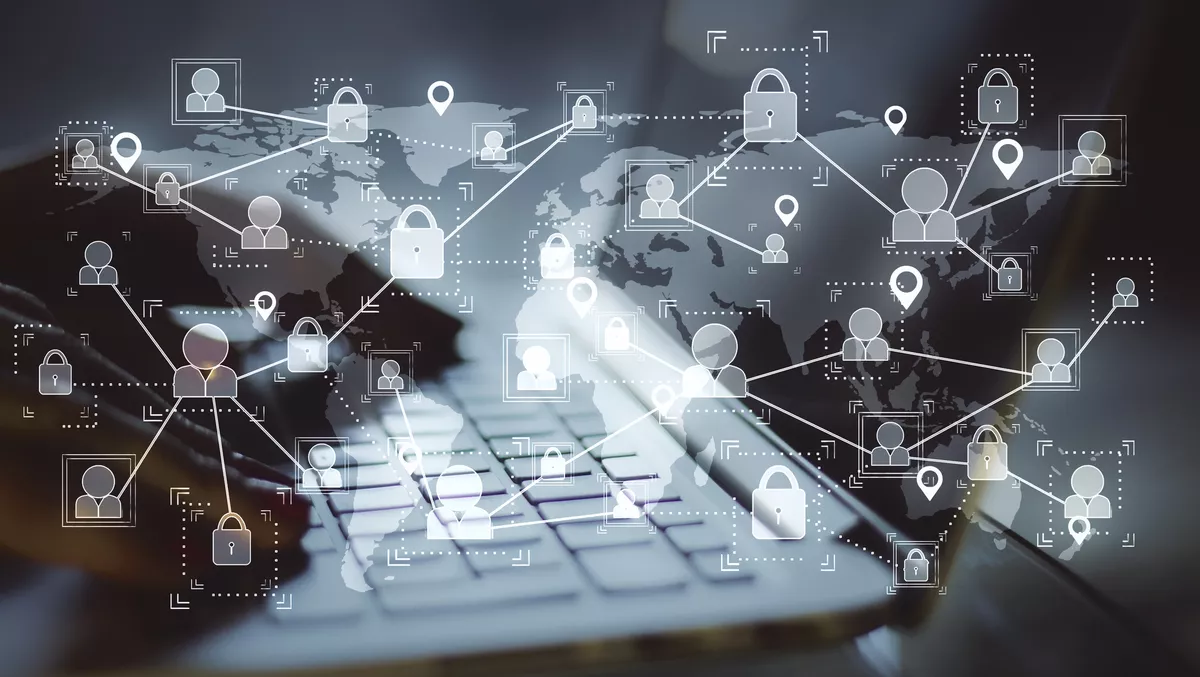
Secure your new hybrid workplace – because it’s here to stay
As Australia marches towards 70% vaccination rates and state governments work on roadmaps towards normality, evidence builds that the new, hybrid workplace model is here to stay. Companies are increasingly accepting of the fact that employees desire an element of remote work, and half-empty offices seem to be the way of the future.
According to a recent study by Entrust, 77% of leaders and 81% of employees said their company is currently using a hybrid model or is fully remote and considering a hybrid work model.
As companies transition, however, they are starting to define a viable work model for the future, whether in-person, remote or hybrid. Central to this process is a plan that meets the needs of both employees and the company.
Prioritise digital identity with high-assurance workforce authentication
The hybrid model raises several security concerns, with companies and their employees reporting challenges in home internet security (23%) and leakage of sensitive company data (21%). With business data flowing between home and office networks, digital identities have never played a more critical role in the network control conversation until now.
Digital identity is a powerful tool. It represents individuals, devices, and applications within virtual networks, dictating the boundaries of one's access. This means giving employees varying degrees of access privilege in a corporate setting, especially access to high-value data and critical business platforms.
Employees are not the only contributing factor. The distributed nature of corporate networks plays an essential role as well. Local servers are being exchanged for the cloud, and physical devices now have virtual counterparts hosted in the cloud. Traditional network controls no longer offer companies the full visibility needed to detect data leaks or know if a particular credential has been compromised.
Businesses need to change their data security approach now that employees are more decentralised than ever. Reflecting this shift, leaders should put a premium on a zero-trust framework, leveraging advanced workforce identities solutions as well as high-assurance authentication methods.
Digital trust is the result both employees and employers should work towards. To achieve this in a virtual environment, protecting and verifying identities must take precedence.
How leaders can shape the hybrid model without compromising on security
Start by considering new workplace realities. If employees switch between remote and on-site working, is there a way to streamline their physical and digital access? With heavy reliance on virtual networks and collaborations, can employers guarantee the highest levels of assurance that the credential owners are who they say they are?
According to our survey, Australia has the second-highest adoption rate globally for physical smart tokens (35%) and mobile push authentication (49%). This indicates that the country is adapting rapidly to seamless, secure digital authentication methods and that companies are open to adopting new technologies.
High-assurance workforce authentication must also factor in employees' productivity and convenience for long-term, sustainable roll-out and organisation-wide adoption. For this reason, companies are strongly recommended to consider solutions that:
- Simplify the process of adhering to strict protocols for employees without hindering their work. For example, password-less login relies on biometric authentication, which authorises automatic sign-on to their workstations via Bluetooth connectivity, which will unlock access to business applications.
- Empower and enable employees to work from anywhere. Secure VPN access to the corporate cloud and legacy applications will go a long way in removing friction associated with authentication processes.
- Circumvent the issues connected with privileged users and access. Adaptive authentication technologies that prioritise user experience will make it easier to grant, manage and monitor specific access privileges in real-time in the case of unusual or suspicious activities.
Perfecting the hybrid work model
Employers are leaning into a clear desire among employees for hybrid work options. Businesses that were quick to go digital early in the pandemic got a head start and benefitted from reduced office rental costs and access to a broader talent pool – including remote hires across geographically diverse locations.
To perfect the hybrid work model, businesses are ramping up efforts to improve training methods, roll out new or improved collaboration tools, and implement mobile ID issuance for remote employees.
Furthermore, leaders are proactively maintaining internal security so hybrid work can function optimally. For that reason, identity and access management are poised to take centre stage in the next phase of corporate security revamp, where it will be the key to unlocking a safe and conducive environment for the future of work.

